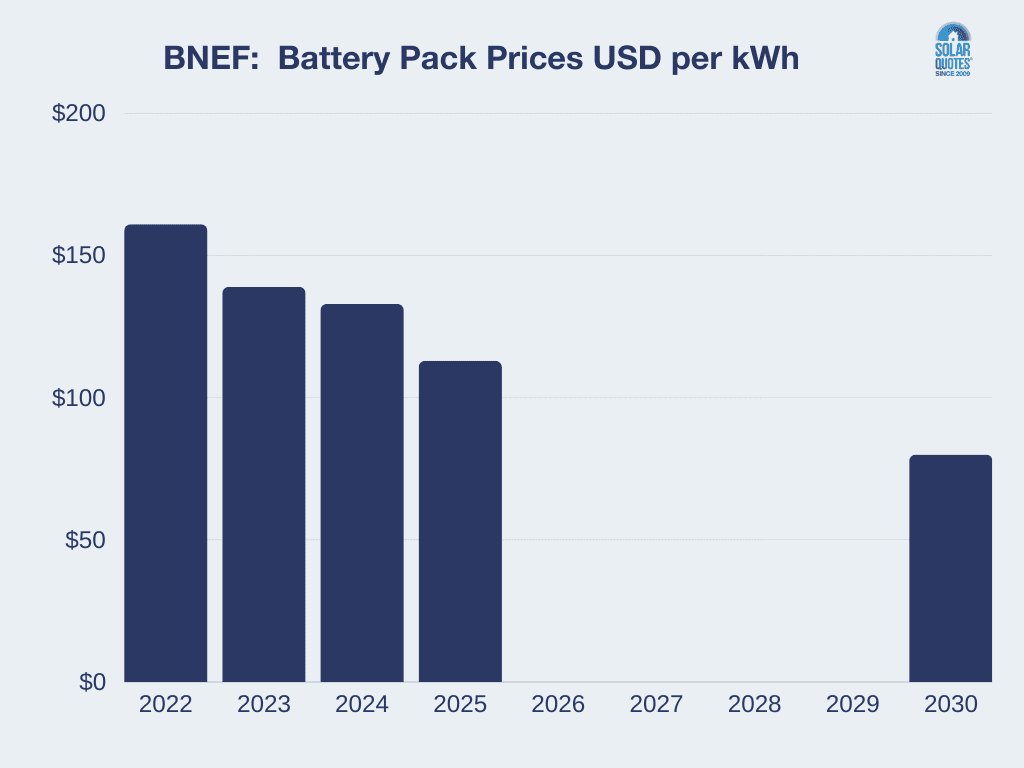Australia is rapidly moving towards a future where big batteries play a crucial role in the energy landscape. As the nation embraces renewable energy sources like solar and wind, the importance of energy storage solutions becomes paramount. Big batteries, or large-scale battery storage systems, provide a way to store excess renewable energy for use when demand is high or when the sun isn't shining, and the wind isn't blowing. But what are the costs associated with these technologies, and when will they become economically viable?
The Case for Big Batteries
Australia's energy grid is undergoing a significant transformation. The shift from fossil fuels to renewables is driven by the need to reduce greenhouse gas emissions and combat climate change. However, renewable energy sources are intermittent, making energy storage solutions essential for maintaining a stable and reliable power supply.
Big batteries offer several benefits:
- Grid Stability: They can provide instantaneous power to the grid, helping to stabilize voltage and frequency.
- Peak Shaving: During times of high demand, stored energy can be released to reduce the load on the grid.
- Energy Arbitrage: Batteries can store energy when prices are low and sell it back to the grid when prices are high.
- Renewable Integration: By storing excess renewable energy, big batteries help to maximize the use of clean energy and reduce reliance on fossil fuels.
The Costs of Big Battery Projects
The cost of big battery projects can vary widely depending on the size, technology, and location. Generally, the costs are broken down into three main components:
- Capital Costs: This includes the cost of the batteries themselves, the power conversion system, site preparation, and installation. As of 2023, the cost of lithium-ion battery storage systems ranges from AUD $300 to AUD $500 per kilowatt-hour (kWh) of storage capacity.
- Operational Costs: These include maintenance, management, and any costs associated with the operation of the battery storage system over its lifetime.
- Financing Costs: The cost of financing the project, including interest on loans and returns on investment.
A recent example is the Victorian Big Battery, which has a storage capacity of 300 megawatt-hours (MWh) and cost approximately AUD $200 million to develop.
Solarquotes.com.au did a really cool article on battery trends, reporting a reduction from ~$130USD/kWh in 2024 to a projected ~$80USD/kWh in 2030.
(See the below attached infographic)

When Will Big Batteries Be Economically Viable?
The economic viability of big batteries depends on several factors, including technological advancements, market conditions, and government policies.
- Technological Advancements: As battery technology continues to improve, the costs are expected to decrease. Innovations in battery chemistry, manufacturing processes, and economies of scale are driving down prices. By 2030, some experts predict that the cost of battery storage could fall to as low as AUD 100 per kWh.
- Market Conditions: Energy market dynamics, including electricity prices, demand patterns, and the availability of renewable energy, will influence the economic viability of big batteries. In markets with high electricity prices and significant renewable penetration, the case for battery storage is stronger.
- Government Policies and Incentives: Supportive government policies and incentives, such as grants, subsidies, and favourable regulations, can accelerate the adoption of big batteries. Australia's federal and state governments have shown a commitment to supporting renewable energy and storage projects.
Current and Future Prospects
Several large-scale battery projects are already operational or under development in Australia, indicating a growing acceptance and recognition of their value. The Hornsdale Power Reserve in South Australia, with a capacity of 150 MW/193.5 MWh, was one of the first and has been highly successful in providing grid services and reducing electricity prices.
Future projects, such as the New England Solar Farm's proposed 1.4 GW battery, highlight the ambitious plans for energy storage in the country. As costs continue to fall and the technology matures, big batteries are expected to become an integral part of Australia's energy infrastructure.
Conclusion
Australia is indeed set for a big battery future. The transition to renewable energy sources necessitates effective storage solutions, and big batteries are poised to meet this need. While the initial costs are significant, ongoing technological advancements and supportive market conditions are driving down prices and improving economic viability. With continued investment and government support, big batteries will play a critical role in ensuring a stable, reliable, and sustainable energy future for Australia.
